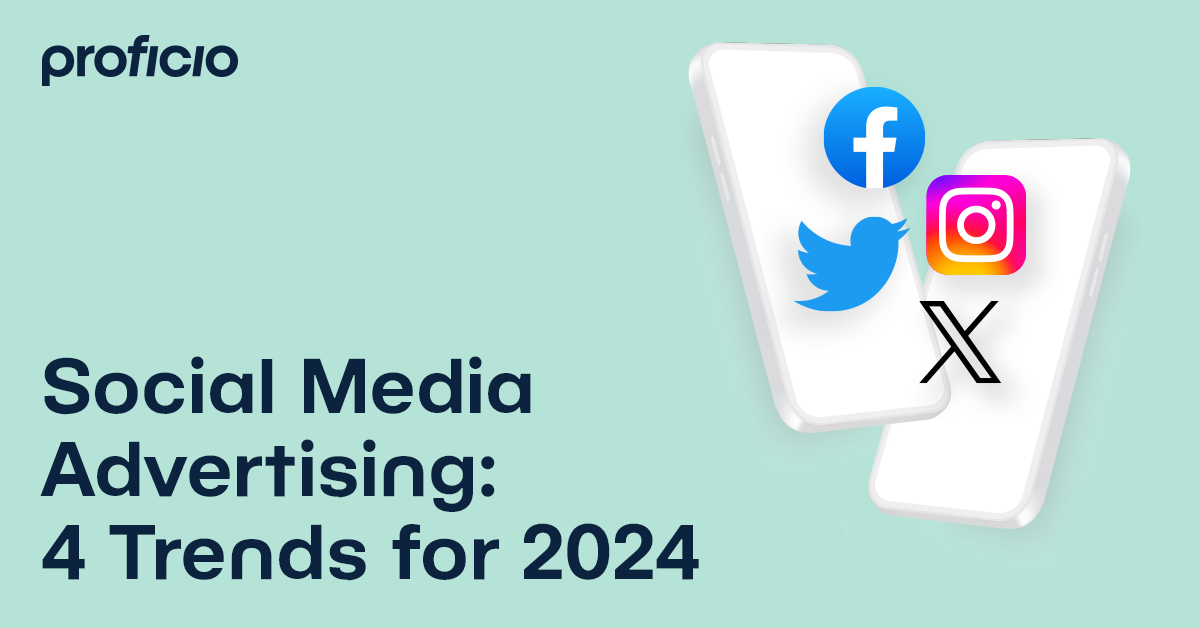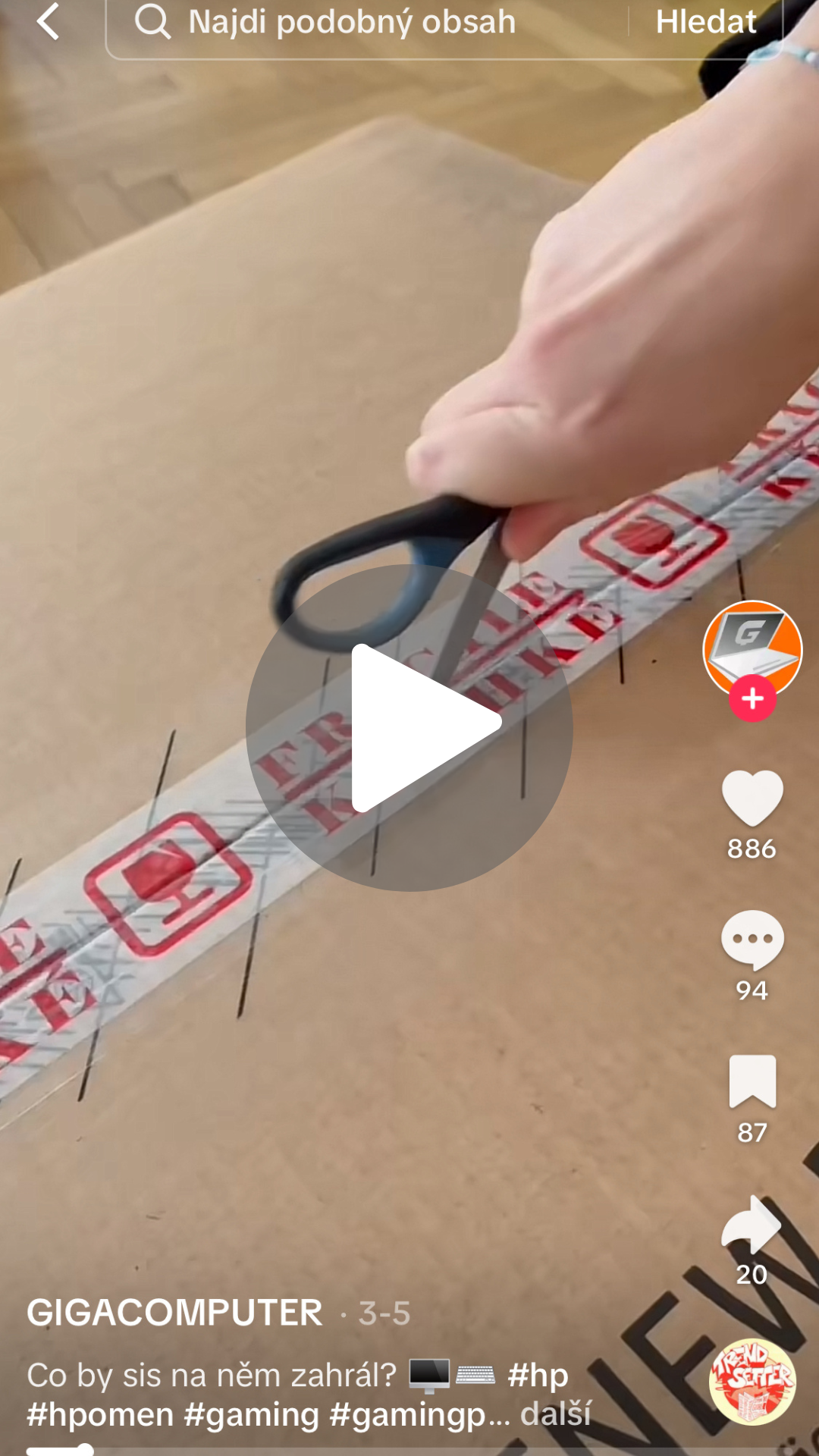In Proficio, we are experiencing many things first hand and as we can test or monitor new things across countries and verticals. Come have a look at four things that matter and which we will be holding in high regards for the current year within social media advertising.
#1 New artificial kid on the block
In the last year AI was mentioned all the time and we were able to witness not only the growth of hype of tremendous proportions, utilising AI as a buzzword, but also lightning fast development from infancy to an already useful stage of puberty.
To no one’s surprise we can easily say that artificial intelligence is here to stay. Yet what does it mean for social media advertising?
In the last year, the first big brand jumped on the trend with marketing campaigns leveraging AI engines within their landing pages to create entertainment, engagement and sometimes even collaborative AI/user generated content – among others Coca-Cola was one of the most globally visible. We already see similar ideas and approaches popping up even in the SMB segment and local companies.




